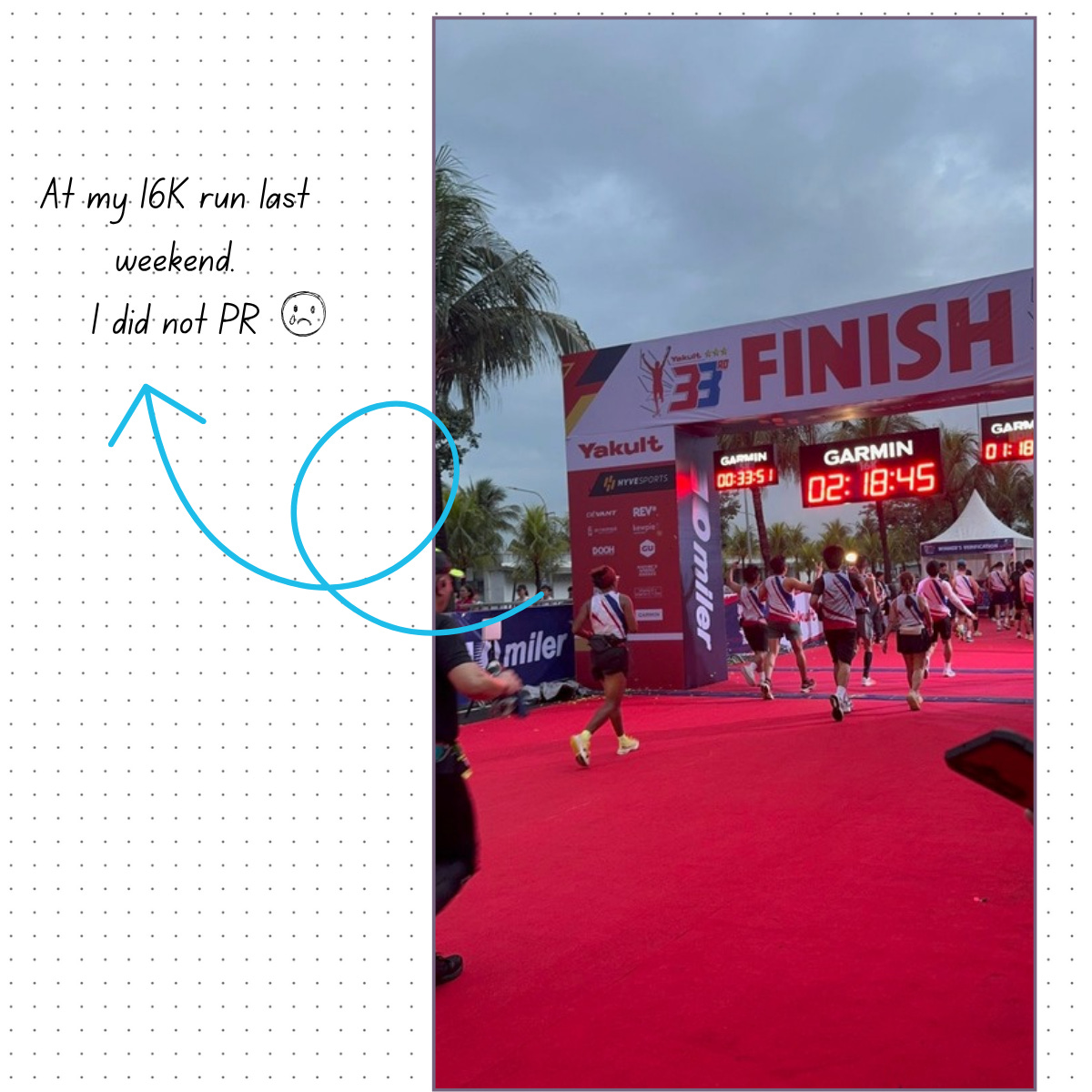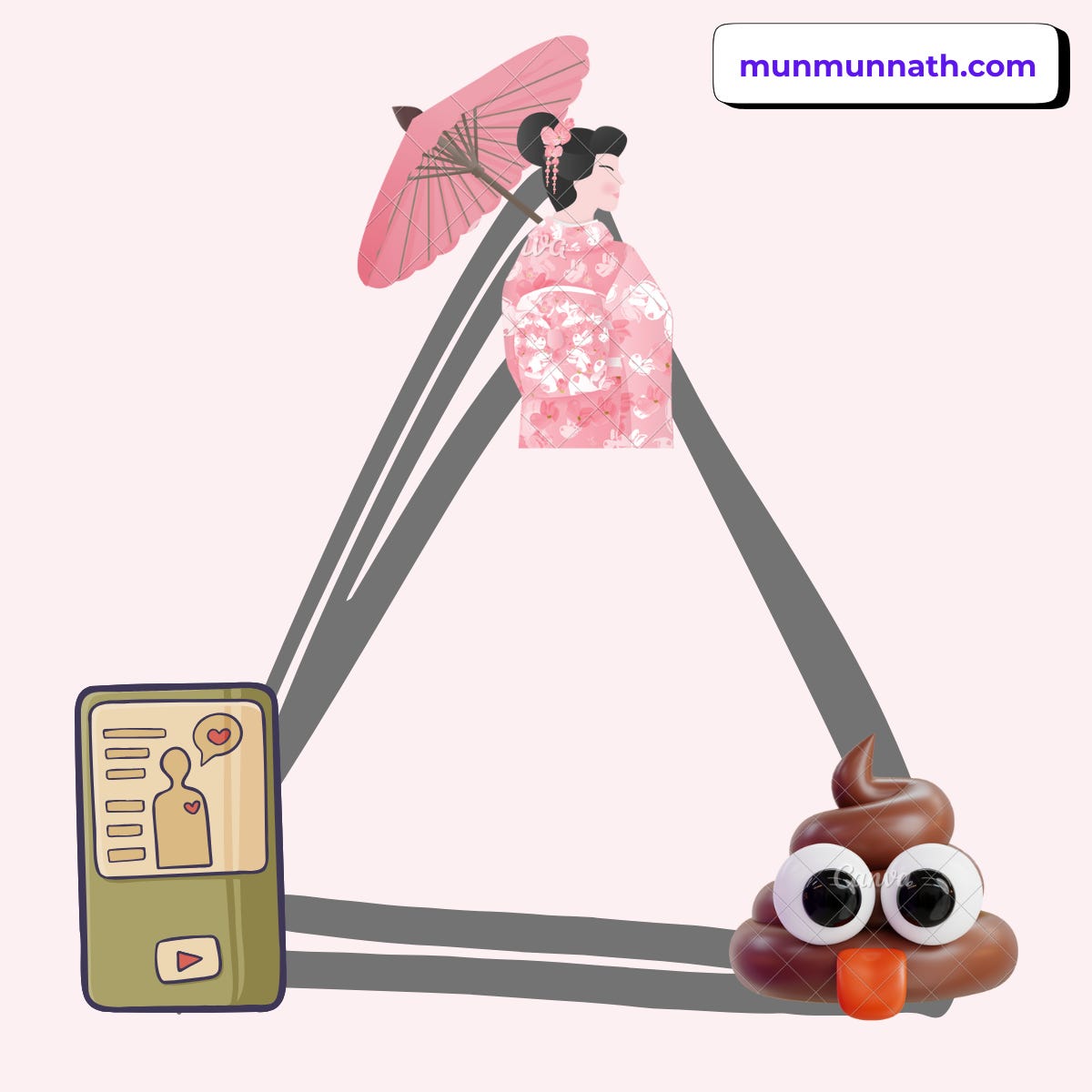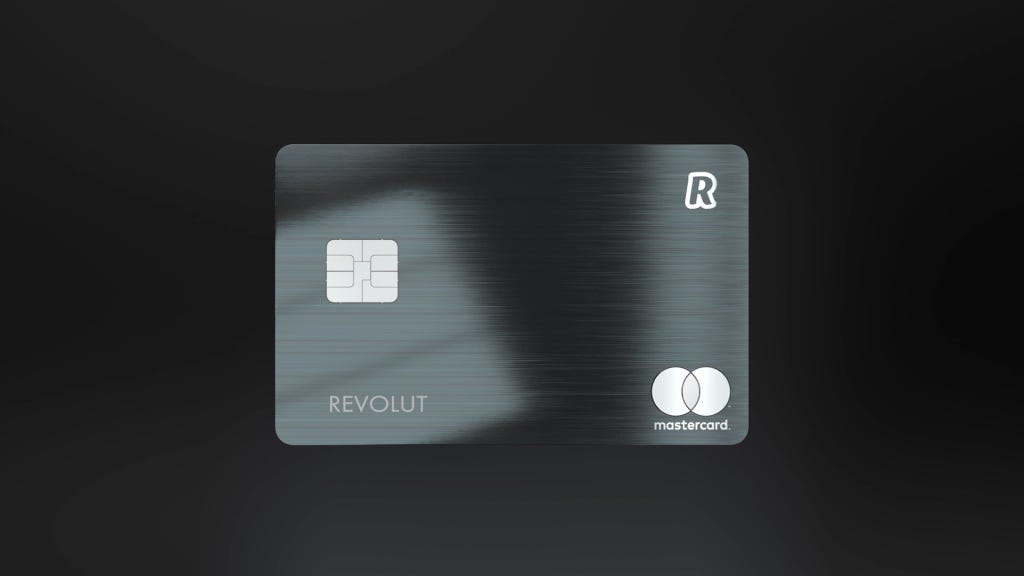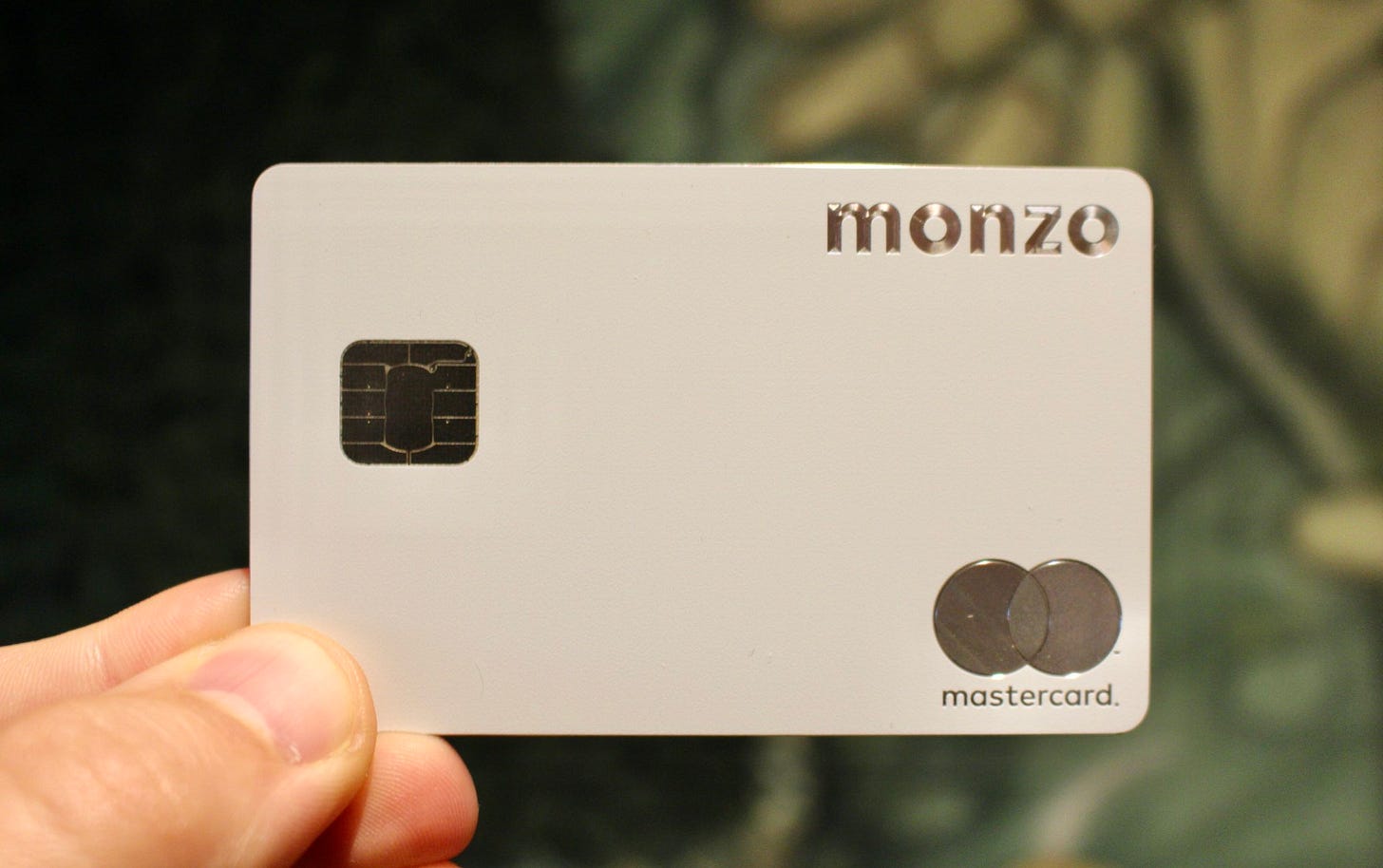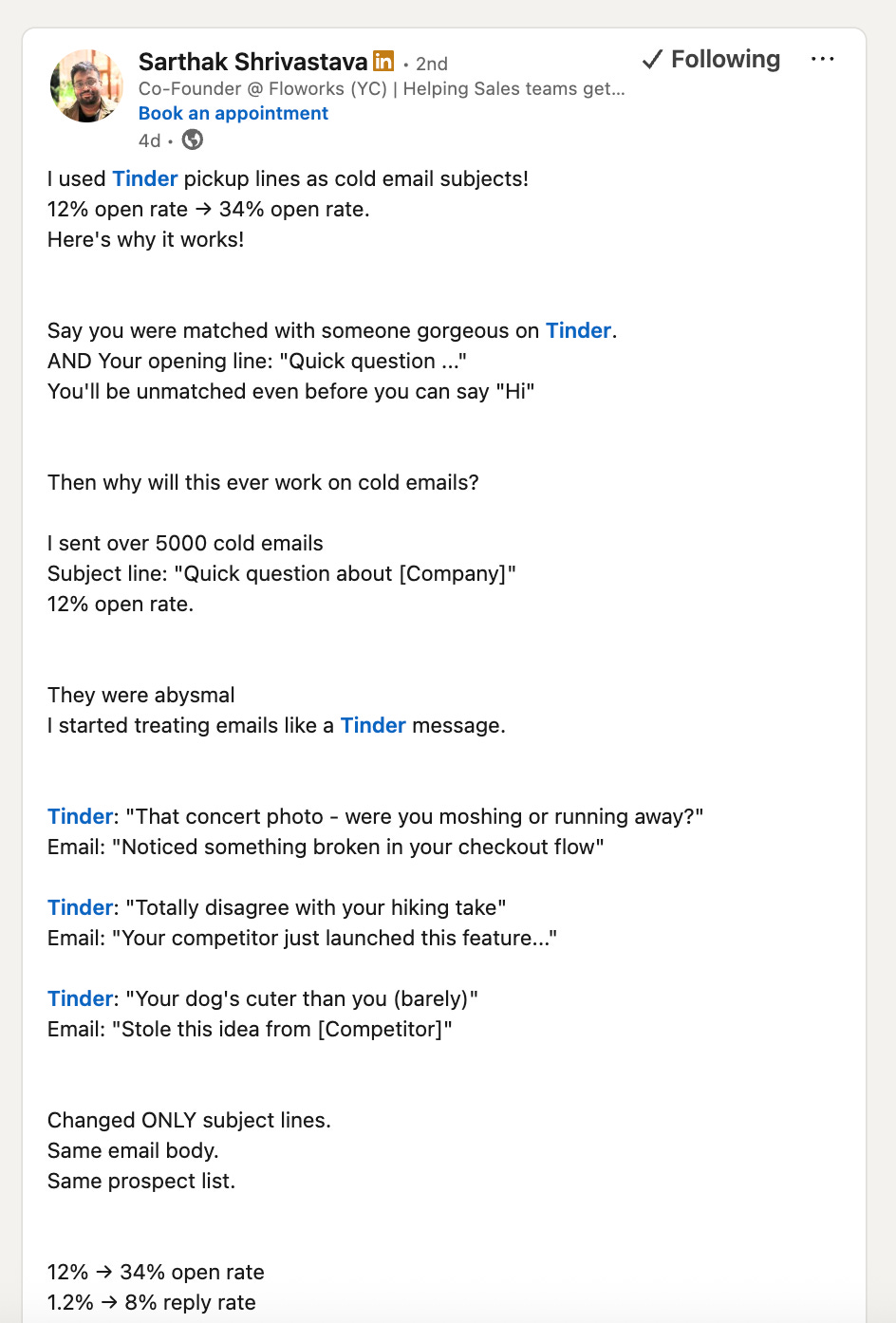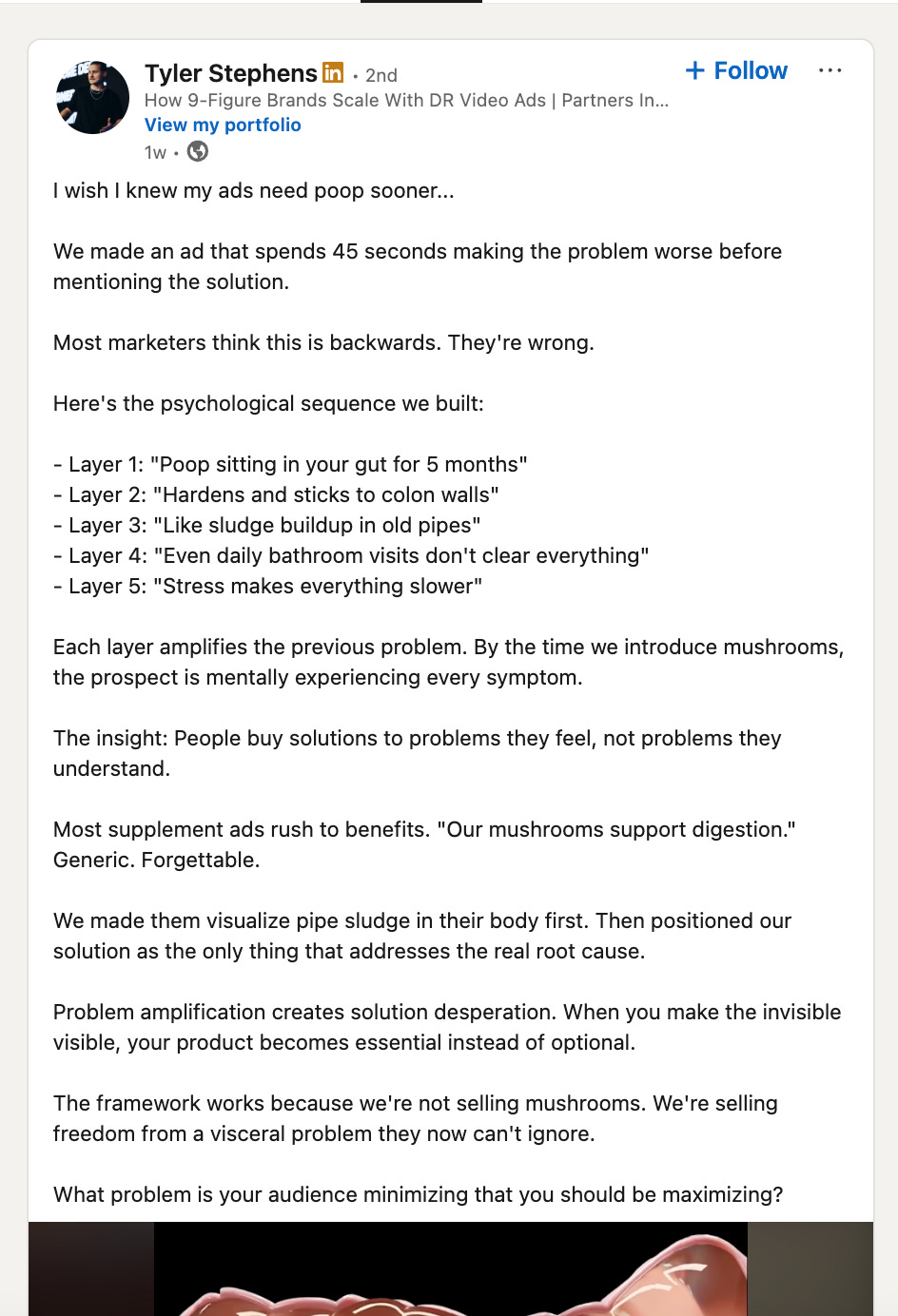63. My Favorite Marketing Ideas This Month 🥰
Totally worth borrowing for your 2026 growth strategy 🚀
I'm currently counting the days until December for my first trip to Japan, where I'll participate in my first marathon at Mt. Fuji! 🇯🇵
I have been busy preparing for it - training in my ASICS shoes, packing Uniqlo body warmers, stocking up on Anessa sunscreen, and, of course, eating lots of Genki sushi and Nagi ramen (that counts as preparation, right?)
Which is why a post about ‘fake Japanese brands’ intrigued me immediately. 👀
I then came across two other interesting marketing ideas on LinkedIn that I hope will inspire you too. 💌
#1 Asian Brands Pretend to Be Japanese
As you can probably guess from my marathon prep, I have a fondness for Japanese brands. I believe the Japanese make everything with precision and thoughtfulness. And I am not alone - in many Asian markets, Japanese products are considered trustworthy and aspirational.
This explains why even a “Japanese-sounding” name can influence buying behavior. That’s why many brands adopt pseudo-Japanese names through words ending in -ya, -ko, or -san. I highly recommend reading the full post about it here 👇
🎯 Why this works: The idea here is “borrowed authenticity” - a Japanese-sounding name gives the product a halo effect that consumers associate with Japanese culture.
🎯 How to execute this idea: While no brand should fake heritage, one can certainly celebrate the culture associated with another country or category. A brand can use signals from another trusted category to elevate its own.
For example, a fintech startup could adopt the visual aesthetics of luxury fashion (clean serif fonts, rich textures) to signal status.
👉 Revolut Metal and Monzo Premium cards utilize metallic gradients and embossed typography, similar to that of a Montblanc pen or a TAG Heuer watch, to convey a sense of premiumness.
#2 Tinder pickup lines as cold email subjects
Typically, the subject lines of cold emails include: “Quick question,” “Following up,” “Let’s connect,” etc. Boring!
A marketer instead used Tinder pickup lines as subject lines in cold emails, and the open rate increased from 12% to 34%.
🎯 Why this works: A flirty and casual subject line piques our curiosity, making us more interested in the email.
🎯 How to execute this idea: You may think that this idea is for a certain type of brand personality. But I am willing to argue that any brand persona can draw inspiration from this and inject personality into otherwise drab email subjects.
👉 To illustrate this, I picked up five random emails from my inbox and tried to Tinderify them:
Actual emails:
Tinder-ified version:
Google Flights: “Bangkok’s calling… should we make it official? 👀”
Jeremy from BNB Calc: “You + Me + 4 days left to learn the STR loophole 😏”
Jaypore: “Let’s make Dhanteras shine ✨ (no gold required)”
Neil Patel: “Can we be honest? You don’t need more people — you need this.
Material Handling: “Your supply chain deserves some attention too 😉”
NDTV Profit: “Redefining leadership — want in?”
See, it’s as simple as that!
#3 The Viral Poop Ad
I will be honest with you - I wish I could unsee this viral ad. See it at your own risk. You have been warned 😉
🎯 Why this works: While most supplement ads focus on generic benefits, this went viral by selling relief from a problem through very creative visuals. In the process, it made an invisible problem visible, thereby making the solution more memorable.
🎯 How to execute this idea: Every product, at the end of the day, is about helping a user achieve a particular emotion. You can make these emotions visible by anchoring them in bodily or sensory experiences. For example, a mental health app could talk about burnout as “carrying a backpack of wet sand.”
Some great campaigns that bring this idea to life include:
👉 UNICEF’s Pain that Lasts a Lifetime campaign, which makes the invisible effect of child sexual harassment visible
👉 Kleenex’s Not All Pains are Visible
While you are here…
Hi, I am Munmun, the person writing this newsletter! I enjoy exploring data and behavioral science to solve growth challenges.
If you are a marketer at an early-stage startup, then this Substack is for you.
You can also find me on LinkedIn, where I occasionally talk about marketing and triathlons.
I do 1:1 consulting - contact me if you’re launching something new or entering a new market, and you’re thinking:
1. Why aren’t people sticking around?
2. Why aren’t users converting?
3. Who exactly is my ideal customer?
Finally, Growth Scientist is now free and will likely remain so in the future. If you find it worthwhile, consider sharing it with a friend.
Love,
Munmun


